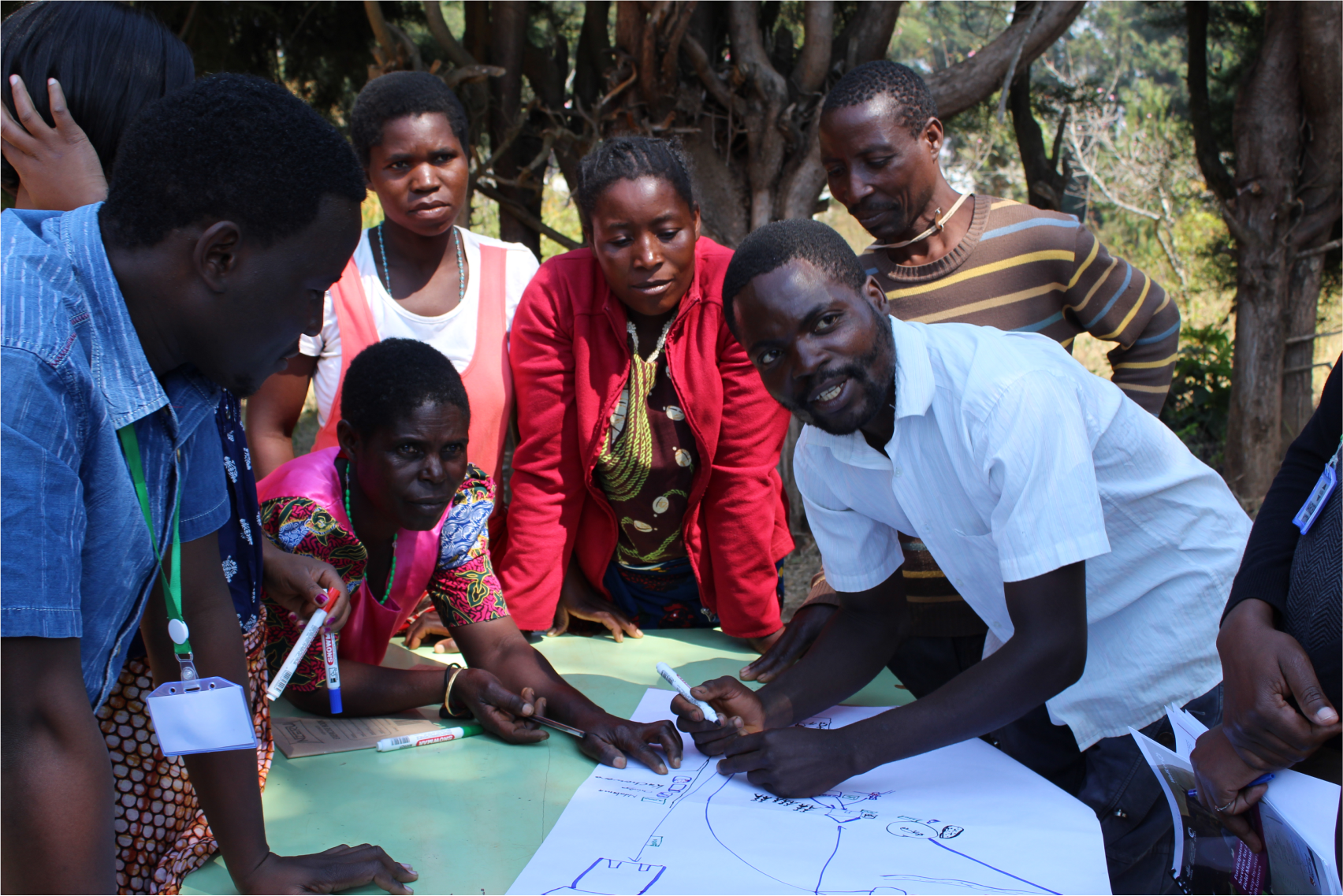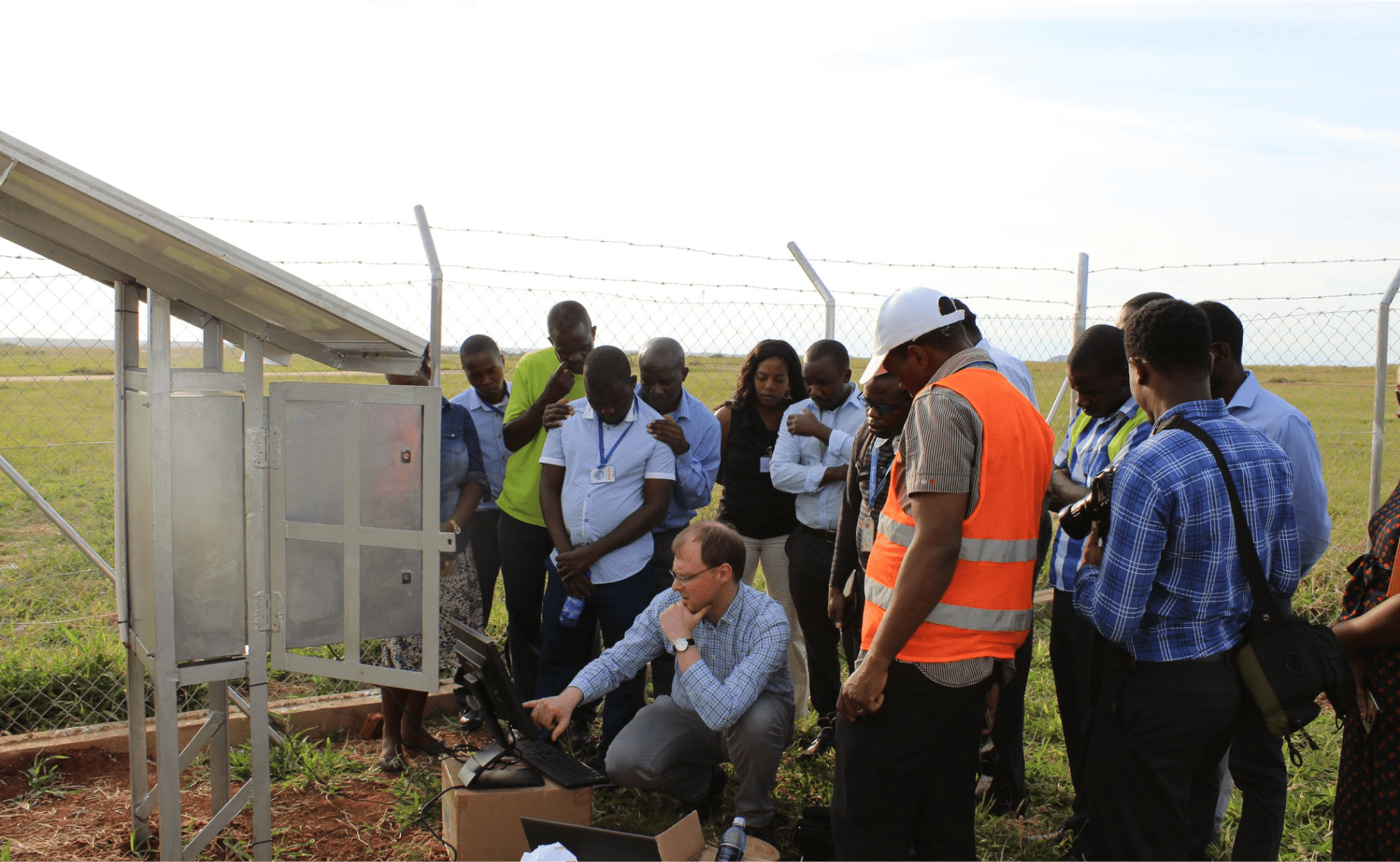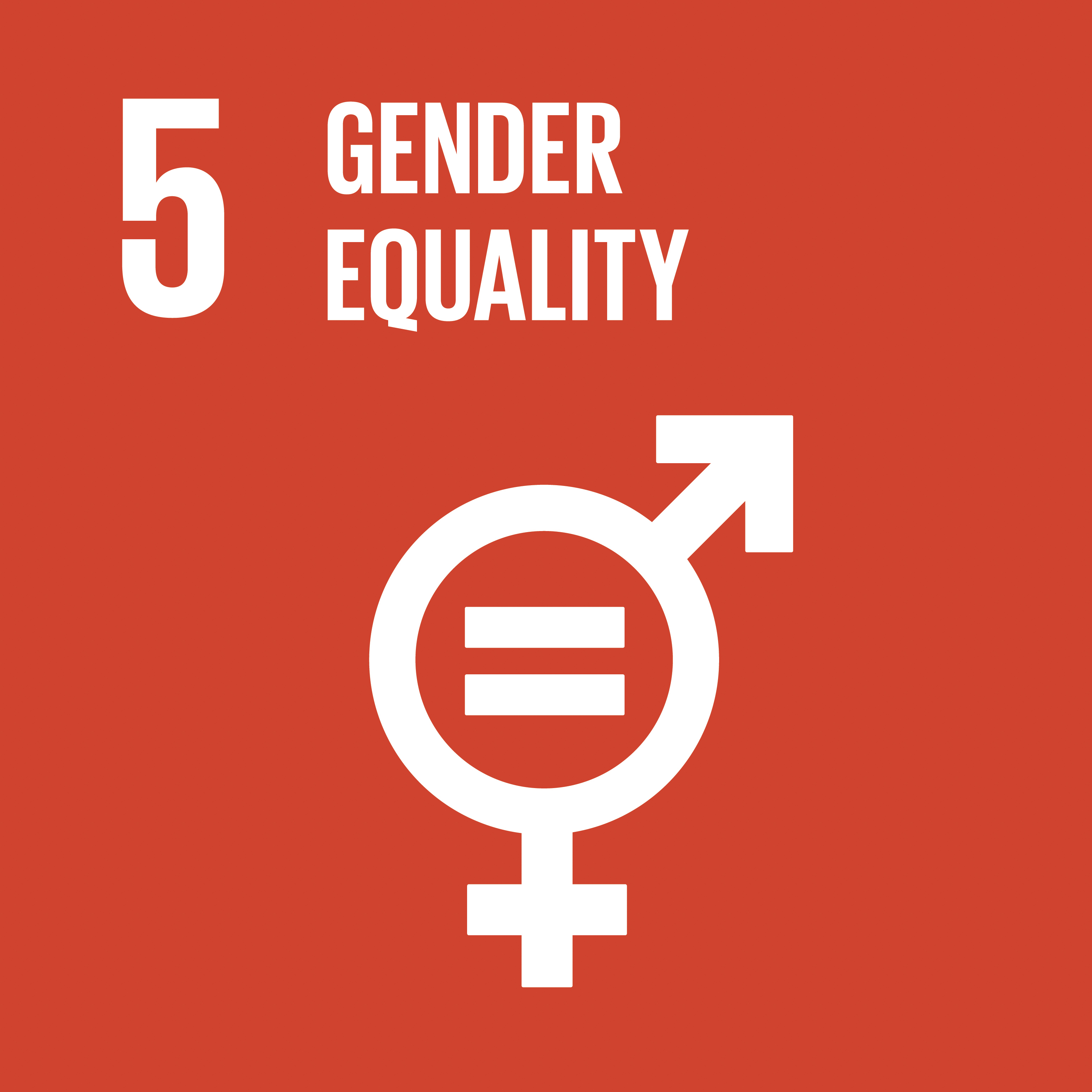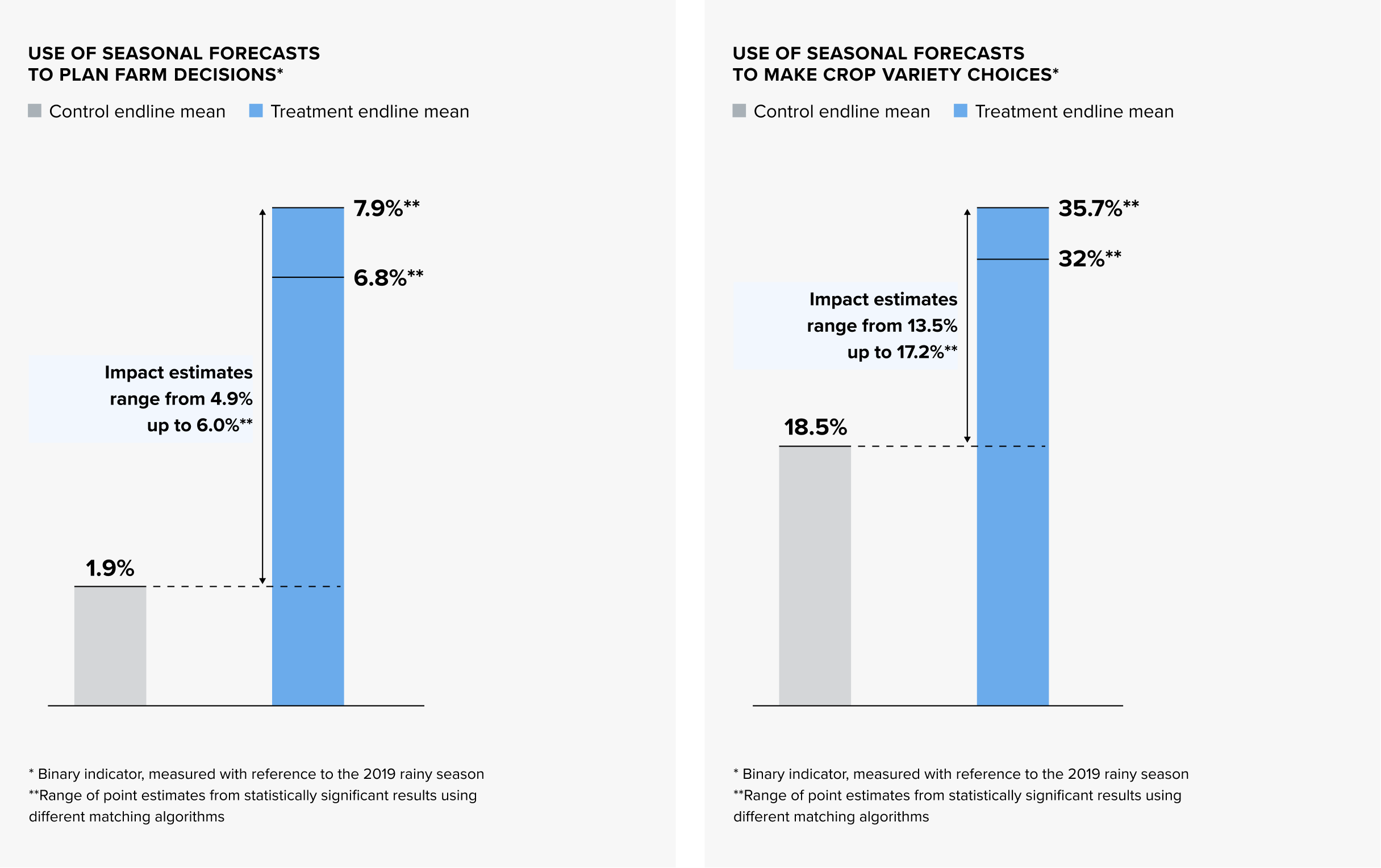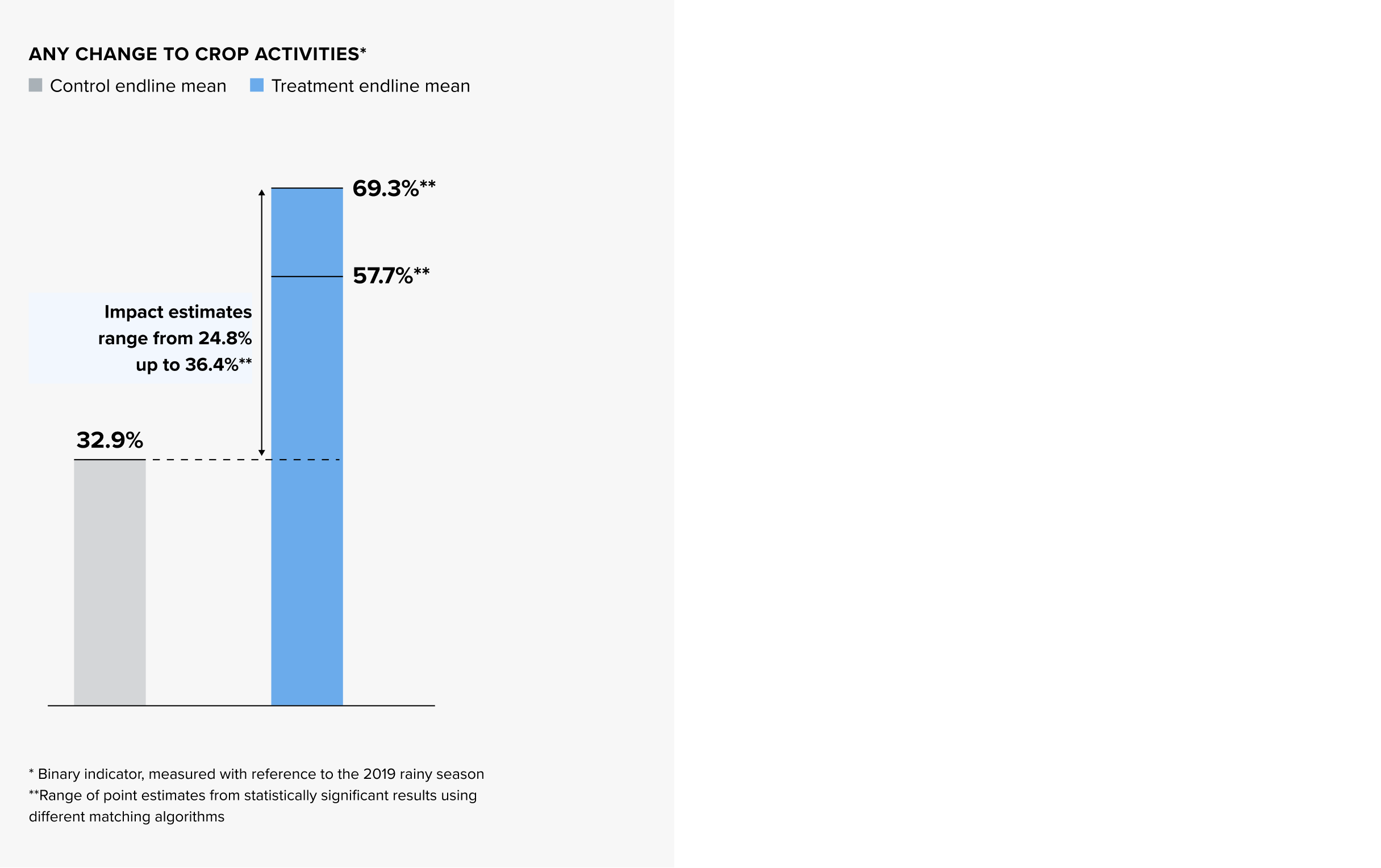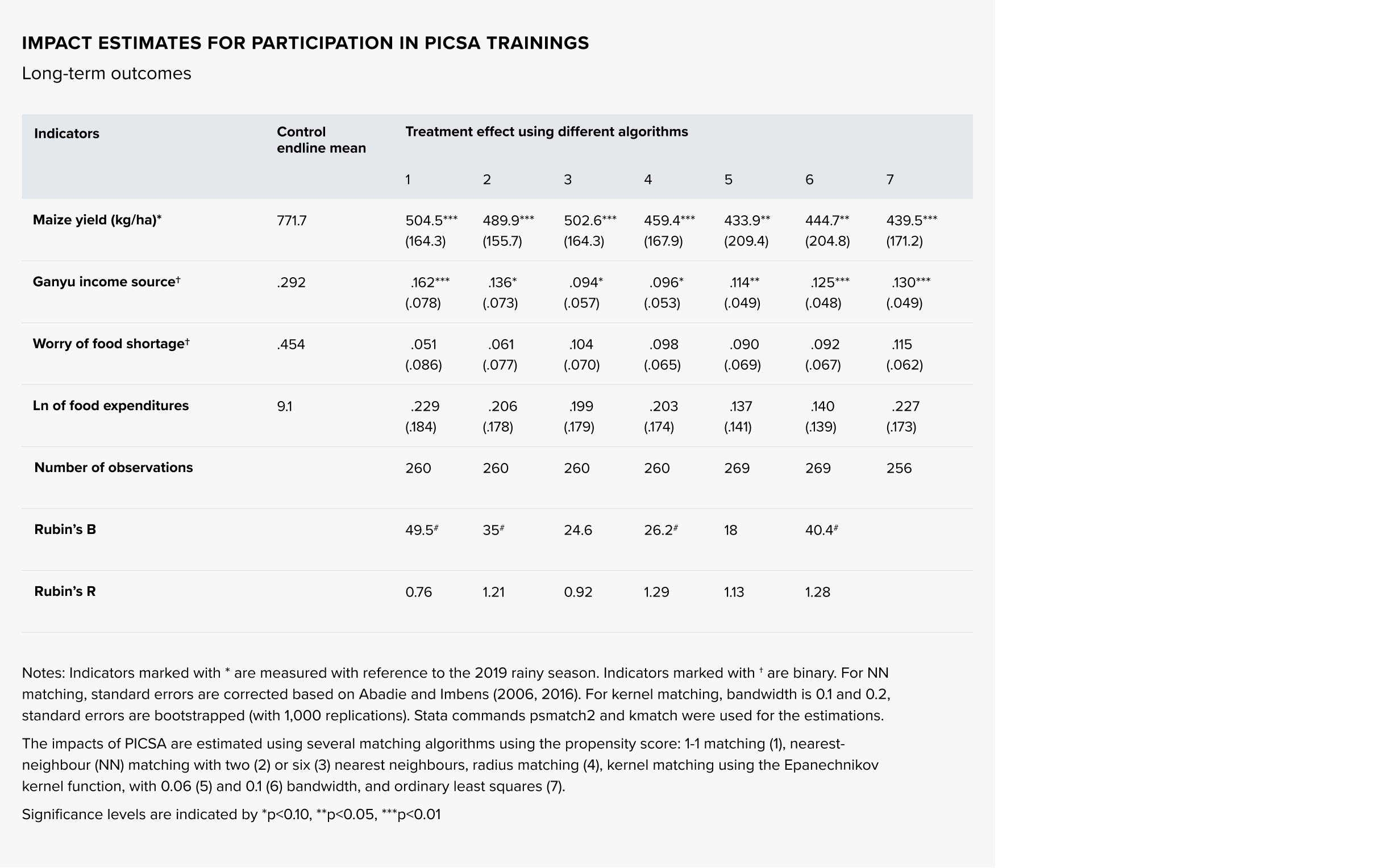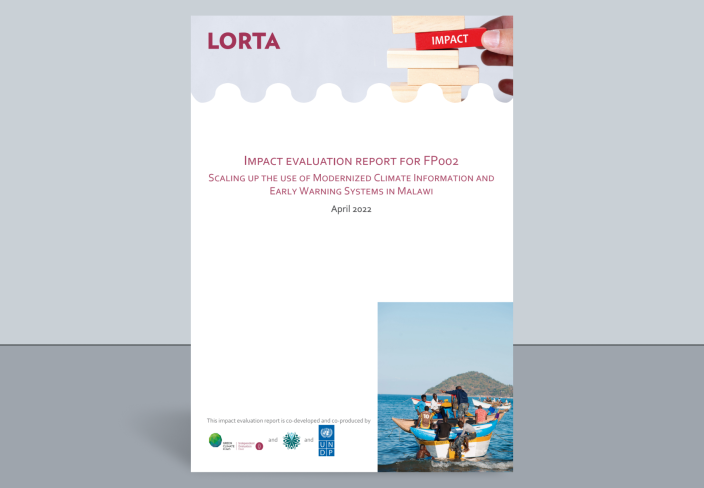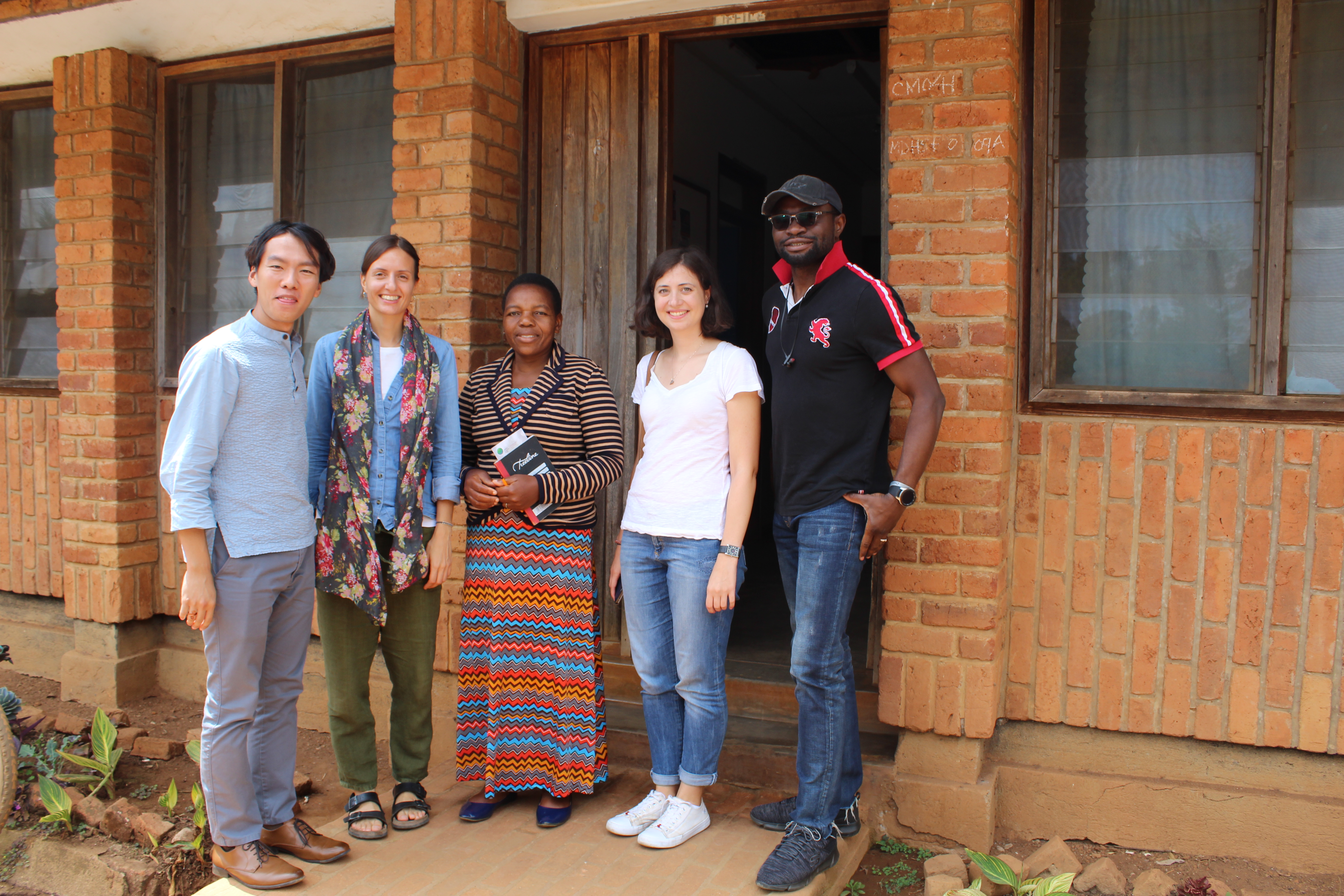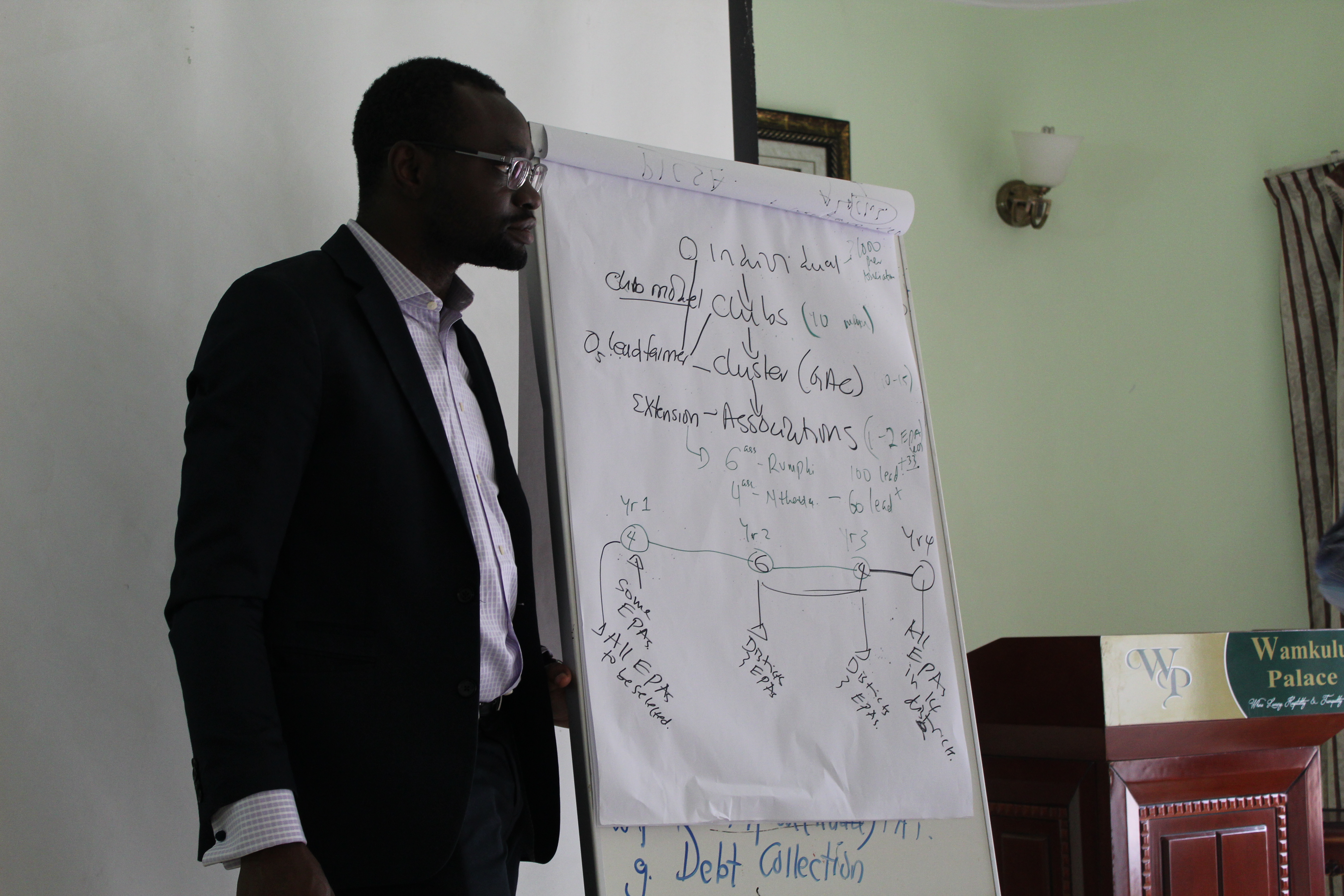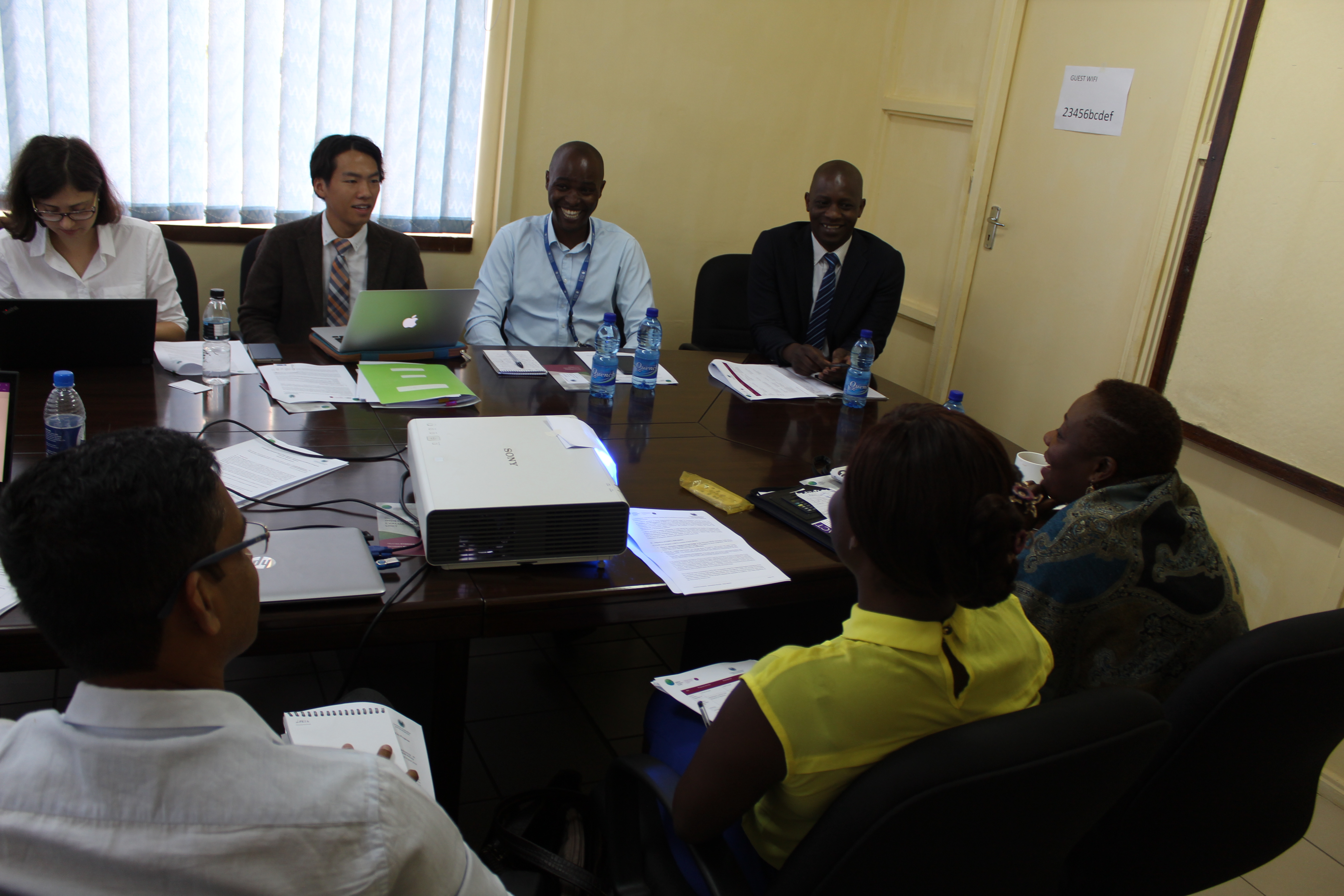Malawi: Putting farmers at the centre of climate services
Published on 17 April 2023
Overview
How to cope with climate variability is a key challenge for smallholder farmers globally. Participatory Integrated Climate Services for Agriculture (PICSA) is an approach developed to empower farmers’ decision making by providing them with seasonal weather forecasts.
The role of weather information on climate adaptation
There is mixed evidence on the effects of weather information on farmers’ agricultural decisions, adaptation and resilience to climate change. While studies suggest that it has positive impacts on agricultural outcomes, such as productivity¹, adoption of climate-smart practices², and income³, others find that different types of support, such as the provision of fertilizer and irrigation systems, are more valuable to farmers⁴ when tackling climate variability.
Top-down approaches to the delivery of climate services that fail to account for context-specific requirements are among the aspects that hinder farmers’ adaptation. Implemented in 23 countries to more than 200,000 farmers, the added value of PICSA lies in underpinning principles of ‘the farmer decides’ and ‘options by context’.
Note: The designations employed and the presentation of material on this map do not imply the expression of any opinion whatsoever on the part of the Secretariat of the United Nations or UNDP concerning the legal status of any country, territory, city or area or its authorities, or concerning the delimitation of its frontiers or boundaries.
PICSA in Malawi
The PICSA has been implemented in Malawi as part of the GCF-funded UNDP-supported project, the “Saving Lives and Protecting Agriculture Based Livelihoods in Malawi: Scaling Up the Use of Modernized Climate Information and Early Warning Systems” (M-Climes), between 2017 and 2023. Particularly in Malawi, emphasis was given on the role of digitally informed climate services: the project has worked with communities in 14 food-insecure districts to co-develop tailored weather and climate-based agricultural advisories to be disseminated through ICT/mobile, print and radio channels.
Based on the already existing farmer groups, the roll-out of PICSA was anchored in the lead farmer extension model – in which these farmers are selected by agricultural extension officers as collaborators responsible for training other farmers. Beyond improving agricultural outcomes, the project expected to contribute to improving income and food security/dietary diversity. Also, the long-term outcomes and impacts of the project contribute to achieving country's targets under the Sustainable Development Goals (SDGs) 1-'No poverty', 2-'Zero Hunger', 5-'Gender Equality' and 13-'Climate Action'.
From theory to reality: How project’s inputs and activities are expected to generate impact
What the data tells us
To measure PICSA’s impact, two rounds of extensive data collection focusing on household characteristics and measurements were done in 2018 and 2020. In total, 1,642 households from 37 extension planning areas (EPAs) and 8 districts provided rich and detailed information on the use of seasonal forecast, adoption/changes of farming practices and experience/perception towards food security, among others. Robust methods to assess impact requires that data is collected for both beneficiary and non-beneficiary farmers.
Results of the on-the-ground assessment indicate that PICSA successfully modified farmers’ use of seasonal forecasts when planning for their activities, leading to the use of better crop varieties and improvements in crop yield. Besides, beneficiary farmers are less likely to work on the farms of others as a source of income (ganyu) – an important indicator of poverty in Malawi, with mostly women engaged in this activity.

Note: The designations employed and the presentation of material on this map do not imply the expression of any opinion whatsoever on the part of the Secretariat of the United Nations or UNDP concerning the legal status of any country, territory, city or area or its authorities, or concerning the delimitation of its frontiers or boundaries.
“We had some farmers who before this approach could not easily be convinced to go for hybrid seed but with this those farmers have shifted from local to improved varieties. As time goes, more farmers are coming forth demanding climate information.”
—District Agriculture Office
Contributing to the global knowledge
Changing farmer’s practices is not trivial. The on-the-ground results of PICSA’s impact suggest that, as a means of modifying seasonal weather-related choices, PICSA worked in Malawi. More importantly, the evidence indicates that the choices PICSA induced among farmers resulted in gains measured in yields and income, which makes it a powerful approach for policymakers to help farmers coping with climate uncertainty.
When scaling up and reaching different settings, it is important to highlight that such interventions could be seen as a “drop in the ocean” without addressing institutional and social challenges. Illiteracy could be a large challenge in grasping weather forecasts and agricultural recommendations. Scaling up similar interventions may require adapting them for an illiterate population in a considerable way.
Given that PICSA is a relatively short-term intervention, its sustainability is unclear. At the political level, there’s ownership by key institutions as it has been included in the national extension strategy. However, at the farm level, trainings could be roll-out regularly to ensure long-term learning and mobilize knowledge exchange between farmers.
As data is a strategic asset, it is possible to fully capitalize on the granular and rich datasets collected as part of the impact measurement and use them for different purposes – such as microplanning and targeting. A vast range of different knowledge products over and beyond PICSA can also be produced based on insights generated by these datasets.
References
[1] Onyeneke et al., 2023; Amegnaglo et al., 2017
[2] Djido et al., 2021; Amegnaglo et al., 2017
[3] Roudier et al., 2016
[4] Patt et al.,2005
Related projects
PICSA Project Overview
Steps to assess impact
- Inception (plan, design and team set up)
- Develop & pilot a survey instrument
- Conduct a baseline survey & analysis
- Programme/Project implementation
- Conduct follow-up survey & analysis
- Estimation of impact / final report writing
- Dissemination of findings/evidence
Status
Finalized
Start Date
June 2018
End Date
April 2022
survey firm
Center for Independent Evaluations (CIE)
Technical partners
UNDP
Independent Evaluation Unit/Green Climate Fund (IEU/GCF)
Center for Evaluation and Development (C4ED)
How to assess PICSA impact?
A quasi-experimental method (Propensity Score Matching) was used to assess farmers’ adaptation decisions towards the use of participatory decision-making tools and forecasts when planning agricultural activities, and its impact on food expenditures and food security. The evaluation team matched farmers who participated in the trainings in 2018 with farmers in districts where trainings were rolled out in 2020 (after the endline data collection). The impact analysis was based on a household survey of almost 2,000 households in a total of eight districts in October 2020. Triangulation of findings was done with interviews with farmers, implementing partners and other programme stakeholders.
Propensity Score Matching

